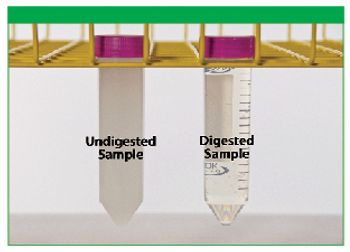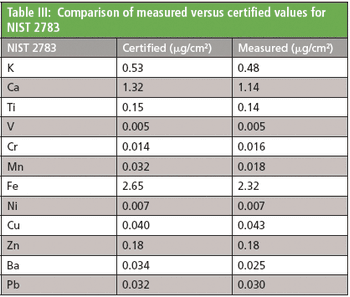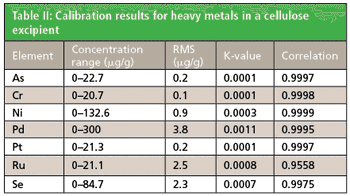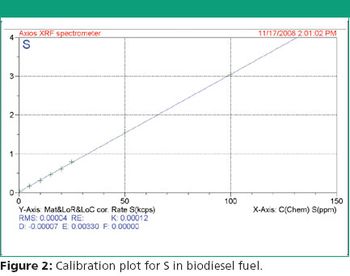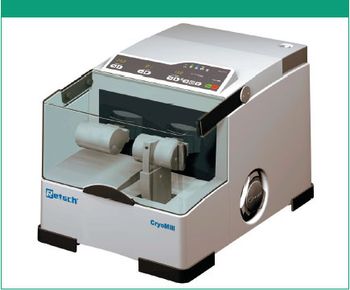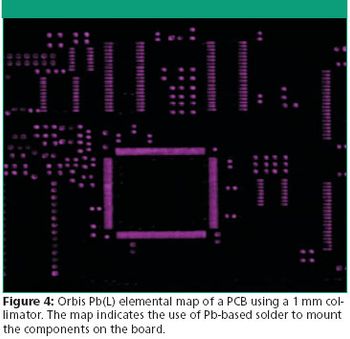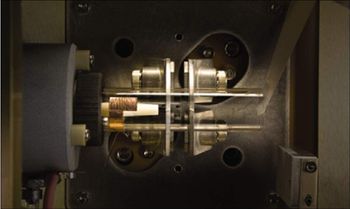
The Optima 8x00 ICP-OES series utilizes the new Flat Plate plasma technology that replaces the traditional helical coil design used since the inception of the inductively coupled plasma. The Flat Plate plasma technology, as seen in Figure 1, utilizes two flat induction plates to produce a plasma that is compact, dense, and robust. This plasma utilizes about half the argon required by previous helical coil designs while still delivering exceptional analytical performance.


